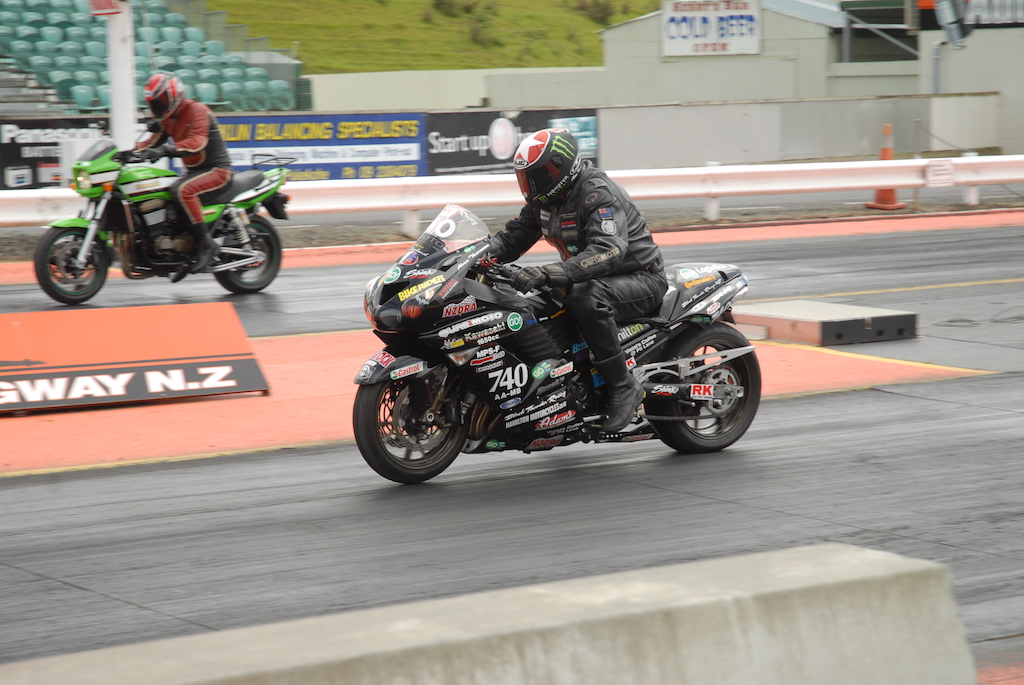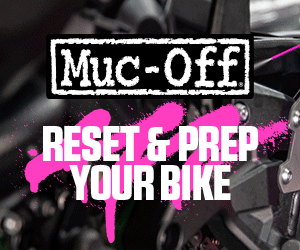Are you looking for a bit more pep from your ride? With motorcycle gearing almost always set for optimum economy – meaning your bike will be running as few RPMs at open road speeds as possible – simply swapping a sprocket can easily produce more get up and go.
Have you ever looked to see how many revs your motor is pulling at 100 km/h in top gear on the open road? Regardless of whether you ride a sportbike, a tourer, or an adventure bike, chances are you’ll find it’s barely even ticking over. The good news is, if your bike has a chain, it’s fairly easy to adjust the ‘final drive’ ratio by swapping out different sized sprockets, allowing you to increase (or decrease) the gear ratio and make your bike a little bit peppier.

Why so tall?
Pretty much any bike over 500cc nowadays will arrive brand new with a sprocket setup that equates to low maintenance, with very ‘tall’ gearing, meaning the motor isn’t revving much in top gear at open road speeds. Essentially, a tall gear ratio means the bike is capable of higher speeds with lower revs but takes its time getting there compared to a ‘shorter’ gear ratio.
A short gear ratio means increased acceleration, but not as high top speed. Finding a suitable medium is up to individual riders and their bike, as well as finding sprockets suitable for their intentions. Luckily, there are a plethora of aftermarket sprockets and kits available for almost every make and model out there.
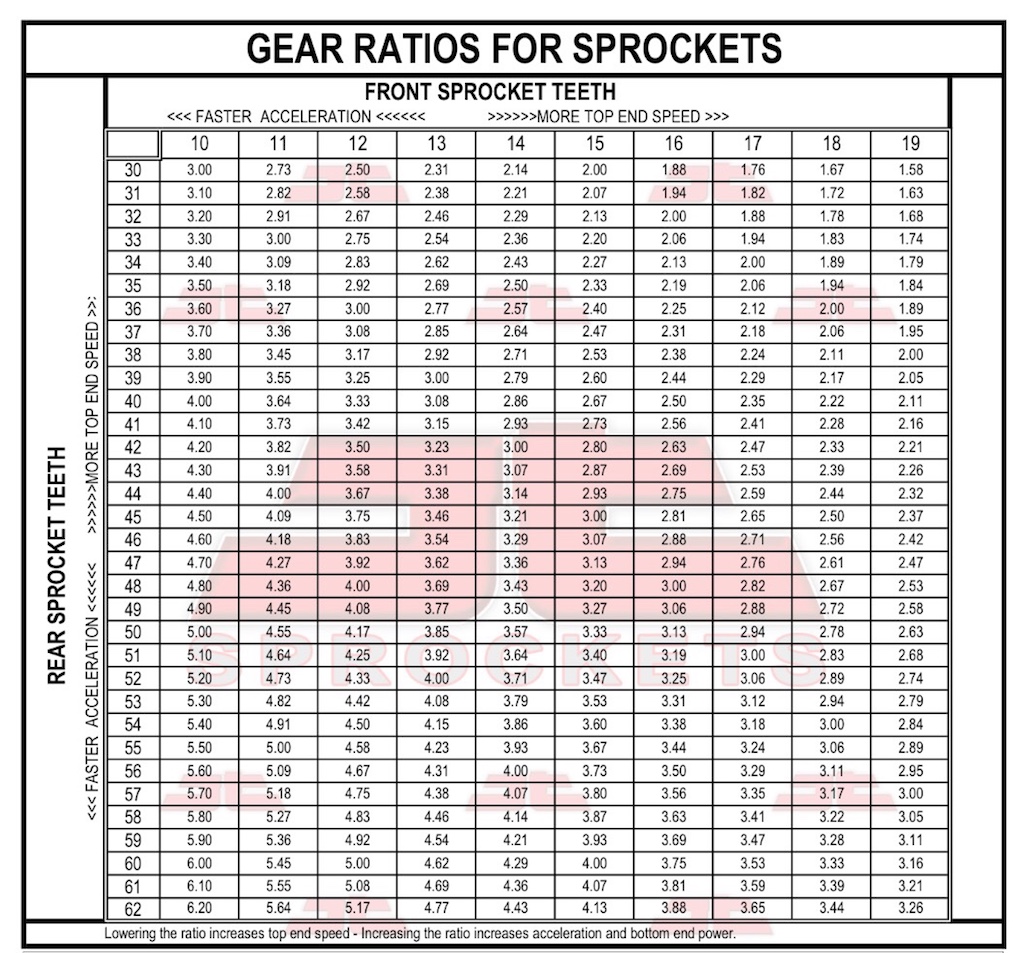
Change it up!
Okay, so you’ve taken the bait, and now you want to change your sprockets. Where do you start? The first thing to look at is your bike’s factory gearing. That gives you a baseline to work from. Divide the number of teeth on the rear sprocket by the number of teeth on the front sprocket to work out your ‘ratio’, which is the number of times the front sprocket turns a full circle compared to one exact full turn of the rear sprocket. The higher this number, the more acceleration your bike will have, and the lower top speed (in comparison to stock). The lower the ratio number, the less acceleration but higher top speed.
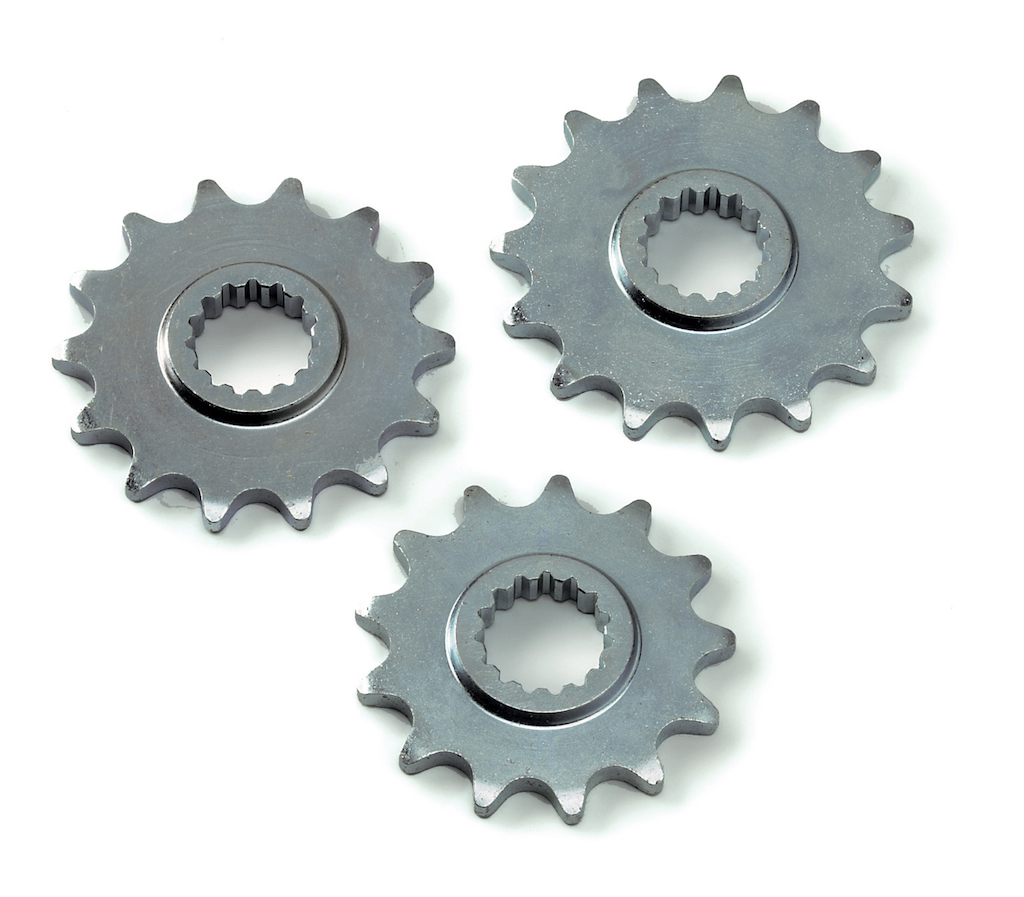
Front or Rear?
You can change out the front or rear sprocket, or both, to suit your requirements on your bike. Decreasing the number of teeth on the front sprocket will give your bike more acceleration – increasing it will provide you with more top speed. On the rear, the opposite applies. More teeth will give more acceleration while fewer teeth equal more top speed. A helpful hint to remember is that one tooth changed on the front sprocket is usually comparable to changing three teeth on the rear sprocket (approximately), and there are limits to how small or big you can physically go. Too small on the front sprocket and your chain will wear excessively fast; too big on the rear sprocket and it won’t physically fit inside the chain guard! Also, take into account that when you change your sprocket sizes, your chain will either loosen or tighten, meaning it might need to be physically longer or shorter to keep your rear axle correctly placed and the correct tension on the chain.
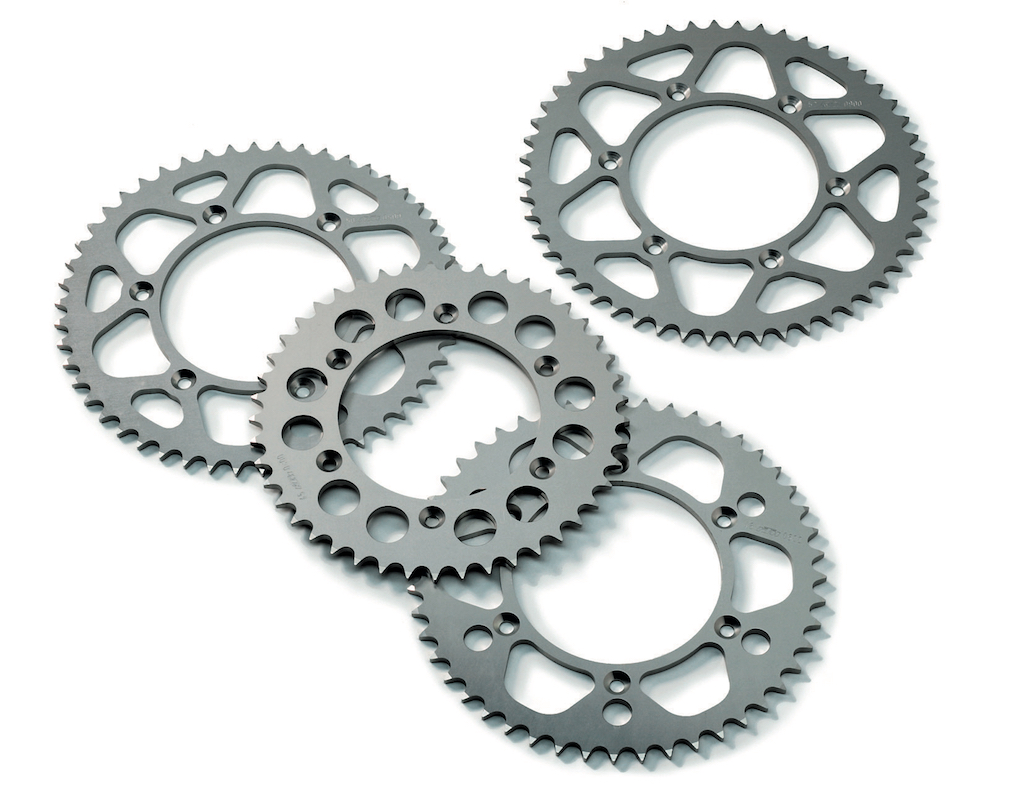
Common Phrases
Instead of saying what sprockets your bike is running, once you’ve installed a custom sprocket setup, you might say you have “+1/-2”. This would indicate you have gone up one tooth on the front sprocket and down two teeth on the rear sprocket (a big difference), from the factory settings, to increase the acceleration force that the motor can transmit to the rear wheel. That means the bike will be revving higher at 100 km/h – but might be a lot closer to the motor’s peak power range, suiting the rider for both initial acceleration and overtaking power without having to change down a gear. Talk to other riders that have the same model of bike as yours, or have a look at a ‘gearing chart’ which will help you calculate the percentage differences between aftermarket sprocket ratios.
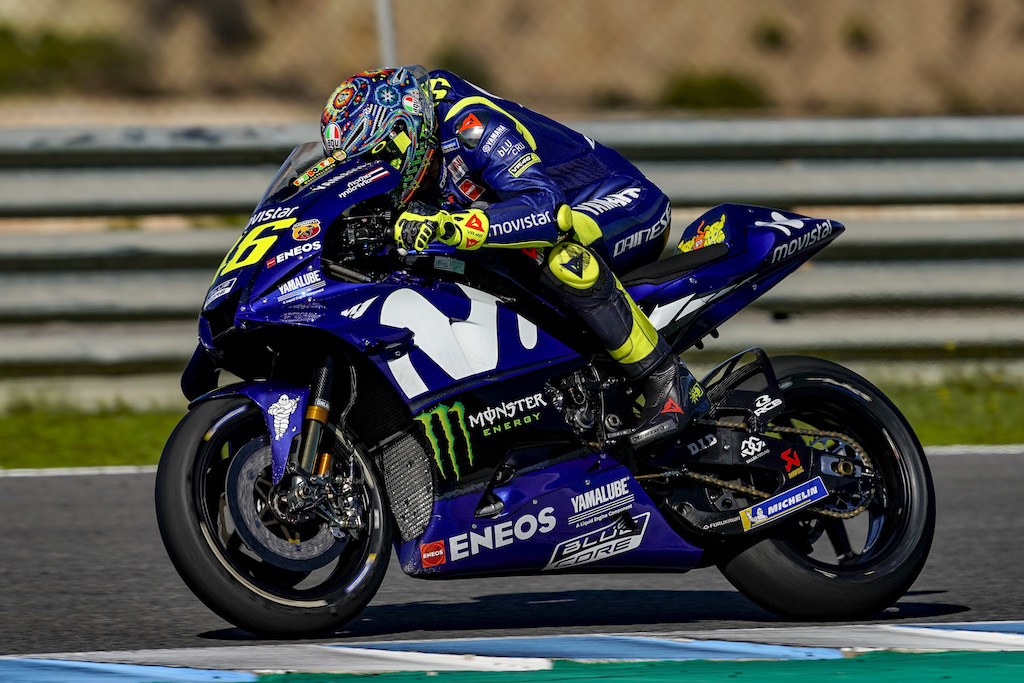
Important Stuff
Remember, if your bike’s speedometer is measured from the sprockets or gearbox, any adjustments you make to the final drive will throw the speedo reading out. Digital gauges can often be recalibrated with a ‘Speedo Healer’, while cable driven speedometers can be a little bit more tricky. Sometimes, a gear reduction kit can be installed onto the end of the speedo cable, so check with your local bike workshop to see what will work for your machine. But don’t go too drastic straight away, as even a small gearing change can make a big difference to the revs your engine will be pulling at a given speed. And, obviously, changing the final drive is going to affect all the ratios in your gearbox along with fuel economy.
The website www.gearingcommander.com is an awesome website for referencing how much change you’ll feel with different sprocket combinations before you go out and spend your hard-earned cash!
